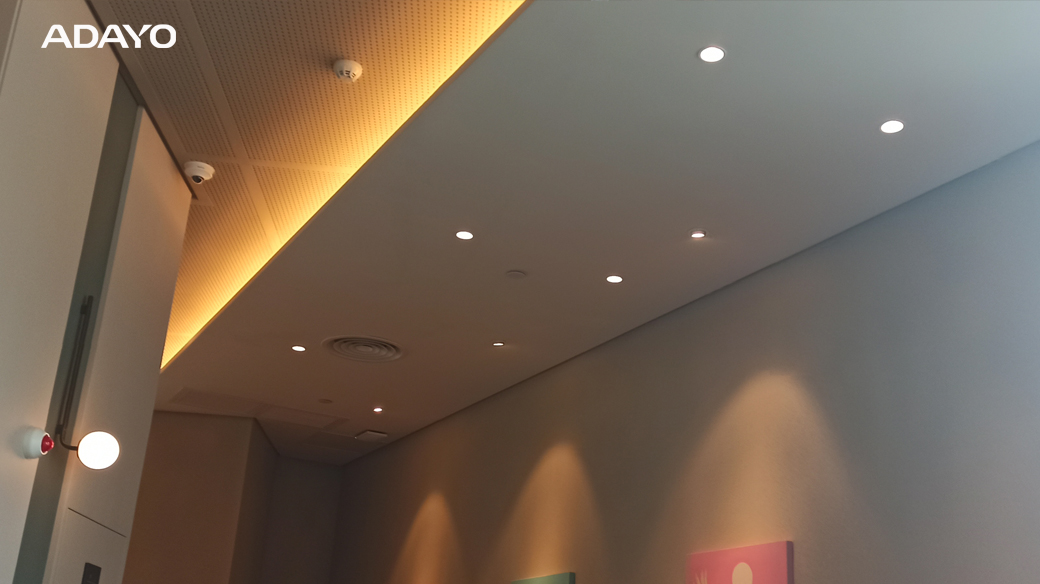Introduction
The LED lighting industry has evolved rapidly in recent years, driven by innovations in energy efficiency, smart technology, and sustainability. As we move into 2024, several key trends are expected to shape the future of LED lighting, both in residential and commercial spaces. From increased integration with smart systems to advancements in energy-saving technologies, LED lighting continues to revolutionize the way we illuminate our surroundings.
1. Smart LED Lighting Systems
One of the most prominent trends in 2024 is the continued growth of smart LED lighting systems. These lights can be controlled remotely via smartphones or integrated with home automation platforms like Amazon Alexa, Google Home, or Apple HomeKit. Smart LEDs allow users to adjust brightness, color temperature, and even set lighting schedules based on personal preferences or time of day. In addition to convenience, these systems also enhance energy efficiency by ensuring lights are only used when needed.
The integration of sensors and motion detection further optimizes smart LED systems by automatically adjusting lighting based on occupancy. This trend is particularly useful for commercial spaces and smart cities, where energy savings and automation are critical.
2. Energy-Efficient and Sustainable Lighting
As sustainability becomes a global priority, the focus on energy-efficient lighting solutions is growing. LED lights are already known for their energy efficiency, using up to 80% less electricity than traditional incandescent bulbs. However, 2024 will see further advancements in LED technology that reduce power consumption even more, making them an essential component in green building designs and eco-friendly commercial projects.
Additionally, the production of LEDs is becoming more environmentally friendly. Many manufacturers are reducing the use of hazardous materials and adopting eco-conscious practices, like recycling used lighting products. Certifications like Energy Star and RoHS compliance are expected to become even more significant in promoting sustainable LED products.

3. Human-Centric Lighting (HCL)
Human-centric lighting (HCL) is designed to improve well-being by mimicking natural light cycles. In 2024, this trend will gain traction as more research shows how light affects human health, particularly in indoor environments. HCL systems adjust the light's intensity and color temperature throughout the day to match natural sunlight patterns, promoting alertness during the day and relaxation in the evening.
HCL systems are expected to be widely adopted in offices, healthcare facilities, and educational institutions, where lighting can significantly impact mood, productivity, and overall health. These systems aim to reduce eye strain, improve sleep quality, and enhance mental well-being by syncing with the body's circadian rhythms.
4. The Rise of Tunable White Lighting
Tunable white lighting is another significant trend gaining momentum in 2024. These systems allow users to adjust the color temperature of the LED lights to suit different activities or times of day. For instance, cool white light is ideal for working and concentration, while warmer tones create a relaxing atmosphere.
Tunable white lighting is especially popular in spaces like homes, offices, and hospitality environments, where flexible lighting is required. The technology also complements the human-centric lighting trend by enabling dynamic changes in light color and intensity throughout the day.
5. Miniaturization and Design Flexibility
LED technology has advanced to a point where lights are becoming smaller, thinner, and more versatile. This miniaturization trend is giving designers more flexibility to incorporate lighting into architectural elements, furniture, and even wearable devices. In 2024, expect to see more LED strips, micro-LEDs, and recessed lighting used creatively in home interiors and commercial environments.
This trend also allows for better integration of LED lighting into modern, minimalist designs, offering homeowners and designers more opportunities for seamless, sophisticated lighting solutions. Customizable and hidden lighting installations are becoming increasingly common, adding to the aesthetic appeal without overwhelming the space.
6. Advancements in Color Rendering and Quality
In 2024, LED lighting will continue to improve in terms of color rendering and quality. LEDs with a high Color Rendering Index (CRI) are now widely available, providing better color accuracy and vibrancy in illuminated spaces. This is crucial for environments like art galleries, retail stores, and kitchens, where accurate color representation is essential.
New developments in LED technology are also focusing on reducing flicker and improving light distribution, which can significantly enhance visual comfort and reduce eye strain. As a result, LEDs will not only be more efficient but also deliver better overall lighting experiences for users.

7. Outdoor and Industrial LED Lighting
Outdoor and industrial lighting solutions are expected to evolve significantly in 2024. LEDs are already widely used for street lighting, parking lots, and industrial applications due to their durability and low maintenance. The trend towards smart cities and IoT integration will drive further innovation in outdoor LED systems.
LED streetlights equipped with sensors, cameras, and networked controls will be used to monitor traffic flow, enhance public safety, and optimize energy use. In industrial settings, robust and high-efficiency LED lighting systems will be increasingly adopted to reduce operational costs and improve workplace safety.
8. Wireless Control and IoT Integration
Wireless technology and IoT (Internet of Things) integration will further enhance LED lighting systems in 2024. Wireless control allows for easier installation and management of lighting systems, especially in large buildings or outdoor settings. Through IoT, connected LED systems can be controlled remotely and adjusted based on data from sensors, occupancy patterns, or environmental conditions.
This trend is particularly useful in smart buildings and commercial environments, where lighting automation can significantly reduce energy costs while improving operational efficiency. Additionally, wireless LED systems are easier to install, requiring less wiring and infrastructure than traditional lighting systems.
Conclusion
As LED technology continues to evolve, 2024 promises exciting advancements in smart lighting systems, energy efficiency, and human-centric design. With trends like tunable lighting, IoT integration, and sustainable production practices, LED lighting is becoming more customizable, eco-friendly, and innovative. These developments not only improve the functionality of lighting systems but also contribute to better living and working environments. Whether for residential, commercial, or industrial use, LED lighting is at the forefront of modern lighting solutions, shaping a brighter, more sustainable future.

























